My first monograph Sensing the Sinophone: Urban Memoryscapes in Contemporary Fiction (Cambria 2022) is coming to a library near you! So I guess it’s only polite that I introduce you to one another.
The book is all about sensory engagements between body and city, so I’ve divided it into three sections:
- SKELETON: theoretical foundations, literary spacetime, alternative sensoria, and triangular comparisons.
- CORPUS: the literary analyses, thematically organised around extended sensory organs into 6 chapters.
- EXCRETIONS: analytical comparisons, temporal typologies, and concluding remarks.
Chapter 1. Literary Sensory Studies: The Body Remembers the City
I begin by presenting the idea that the rapid and violent restructuring of cities like Hong Kong, Taipei, and Shanghai from the 1990s onwards affects the way we think about space and time: “When entire building blocks are here today and gone tomorrow, or vice versa, space starts to shift and entangle itself with time as the elusive silhouettes of memory gain a new urgency and begin to shape how spatial reality is perceived.”
So I argue that we need to analyse urban spacetime as a unified concept and discuss some of the ways this has been done (from Bakhtin’s chronotopes to Elana Gomel’s impossible topologies) and could be done.
I also introduce the term time-space (inspired by Doreen Massey and Kevin Lynch) to designate discrete chunks of spacetime, such as “my shabby home-office on a February morning in 2022” or “the illuminated Shanghai Bund on his 103rd birthday.”
I extoll the approach that I call literary sensory studies, which is follows in footsteps of Cai Biming’s take on body-sensations (身体感) as well as sensory studies scholars’ call to examine and expand the traditional fivefold sensorium, but from the vantage point of literary analysis. Fictional narrative has a wonderful capacity for highlighting the cross- and multisensory foundation of almost all sensory experiences, as well as imagining and describing forth sensations of pain, hunger, temperature, and selfhood that are not part of the conventional sensorium.
Finally, I talk about the creative aspects of memory and use the metaphor of “memory knitwear” to highlight that “each time you rip up the fabric and reknit it following the same pattern, the result will be subtly different, paralleling the process of opening, reconfiguring, and re-storing memories described by neurobiology.”
Part I. Skeleton
Chapter 1. Literary Sensory Studies: The Body Remembers the City
Chapter 2. The Three-City Problem: A Kaleidoscope of Six Works
Part II. Corpus
Chapter 3. Sense of Place: Walking or Mapping the City Chapter
4. The Nose: Flora Nostalgia Chapter
5. The Ear: Melody of Language Chapter
6. Sense of Self: The Many Skins of the City Chapter
7. The Mouth: Balancing Flavors Chapter
8. The Eye: Fictional Dreams
Part III. Excretions
Chapter 9. Sense of Time: Everyday Rhythms
The City Remembers: Concluding Remarks
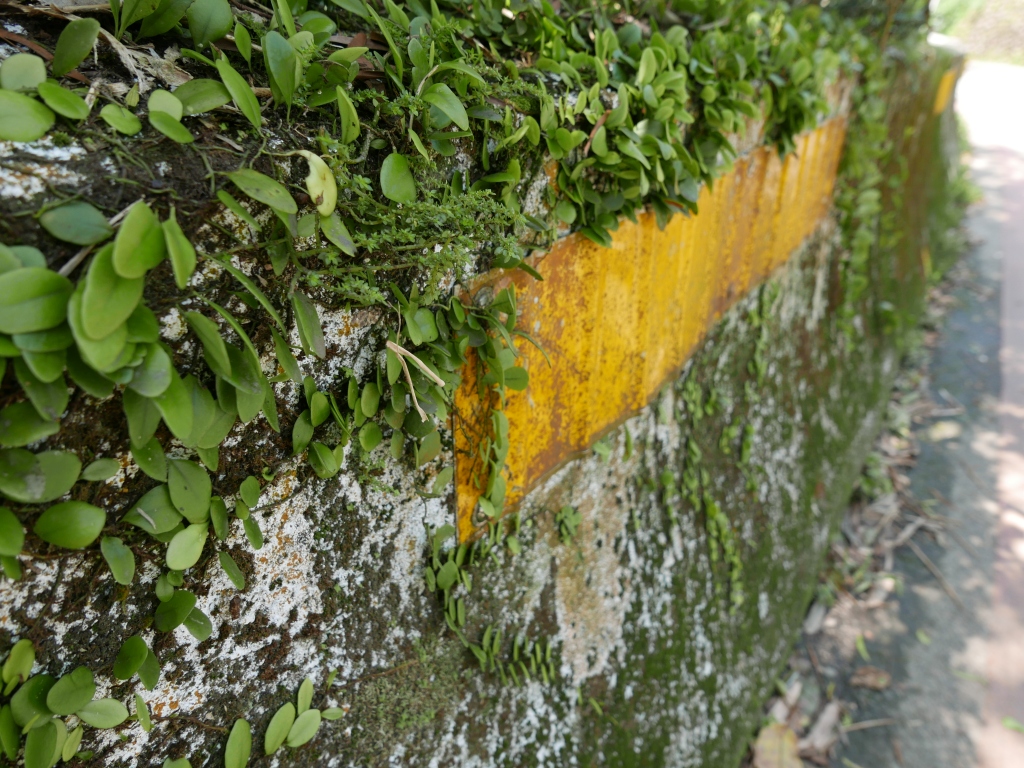
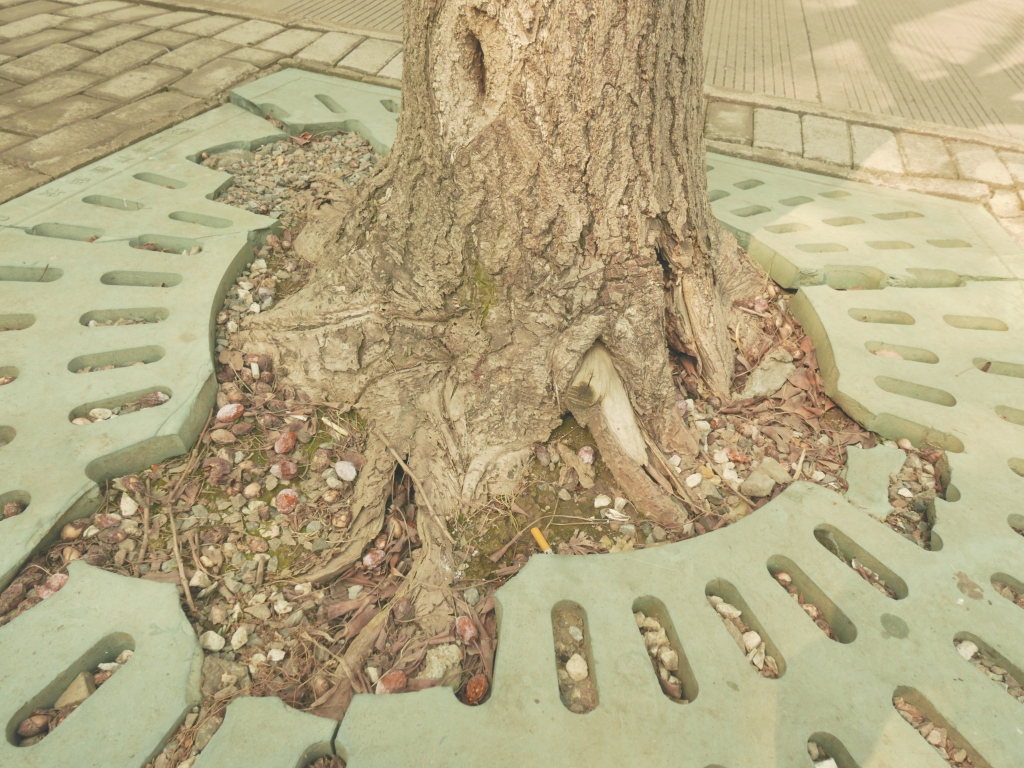
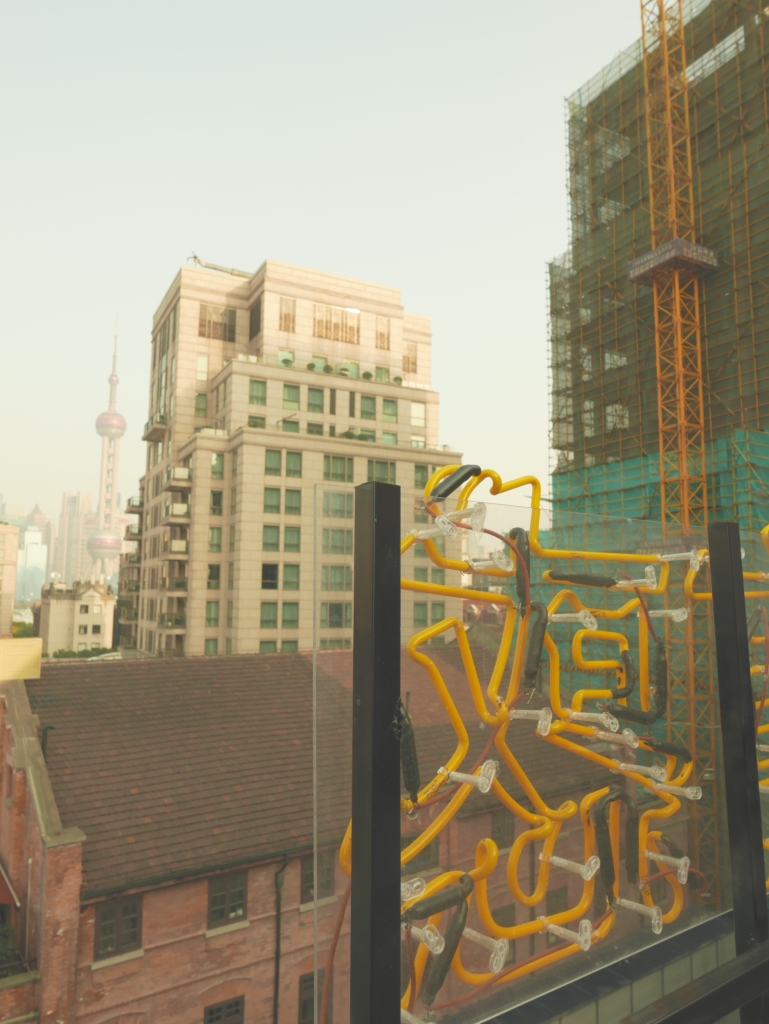
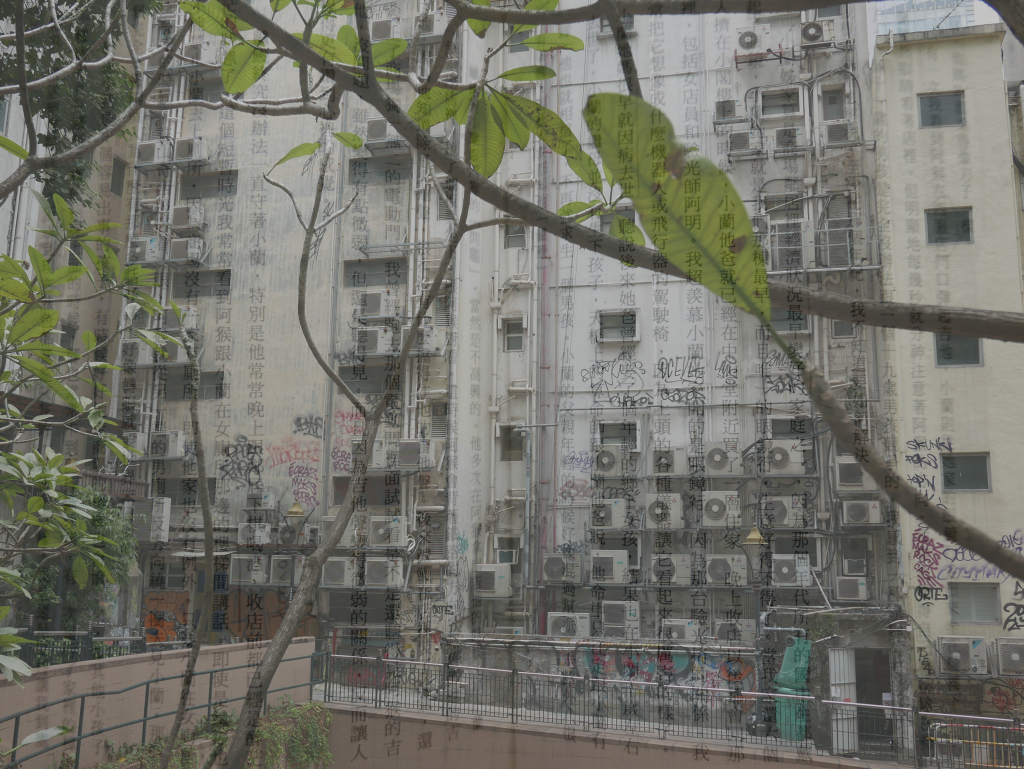
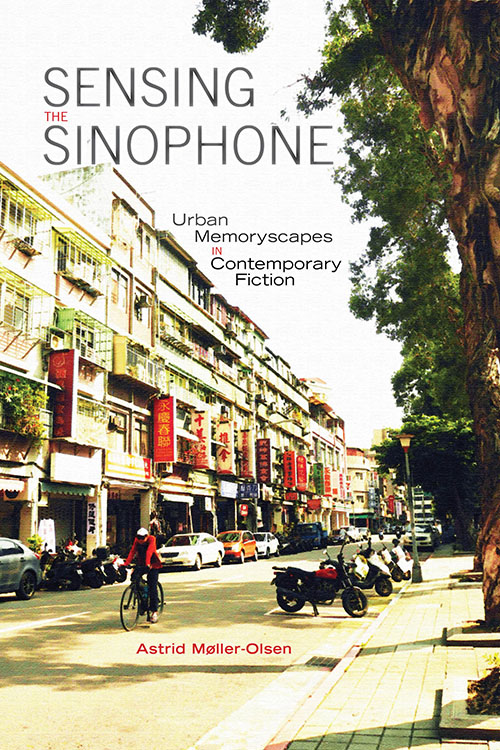
 have had my
have had my _-_Sidney_Toler_1.jpg) My paper is going to be about early 20th century Chinese crime writers (such as Cheng Xiaoqing 程小青 and Sun Liaohong 孙了红) who were inspired by Western detective fiction. It will also look at their contemporary Western counterparts and their use of Chinese protagonists and characters for their novels. Read full abstract
My paper is going to be about early 20th century Chinese crime writers (such as Cheng Xiaoqing 程小青 and Sun Liaohong 孙了红) who were inspired by Western detective fiction. It will also look at their contemporary Western counterparts and their use of Chinese protagonists and characters for their novels. Read full abstract